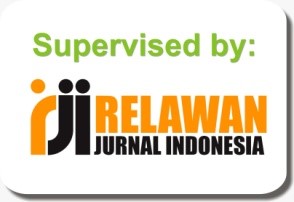Sticky Costs and Expenses are not Alike: Mexican Reality
Abstract
The purpose of this paper is to further the discussion between the sticky costs and expenses effects. For this reason, it is important to highlight their differences; a cost represents an investment on an asset to be sold, while expenses are assets to
consume. Therefore, sticky costs and expenses must be measured and analyzed separately and differently. Business leaders must understand that costs and expenses will not mirror each other, nor will they mirror income changes. This is in addition to the stickiness effects that represent the management’s inability to effectively reduce the expenses, potentially endangering the firms’ financial health. Furthermore, stickiness rates are significantly more pronounced in income decrease years as compared to income increase years. This is especially risky for administrators during a financial crisis. It is important to note that correctly managing sticky costs and expenses is contingent on businesses remaining competitive. Our multivariable analysis, with a 17-year database, encompasses 60 issuers; it was used to analyze cost and expense stickiness within industrial and publicly traded corporations in Mexico. Understanding the coststickiness theory will enable corporations to adequately manage their operations













